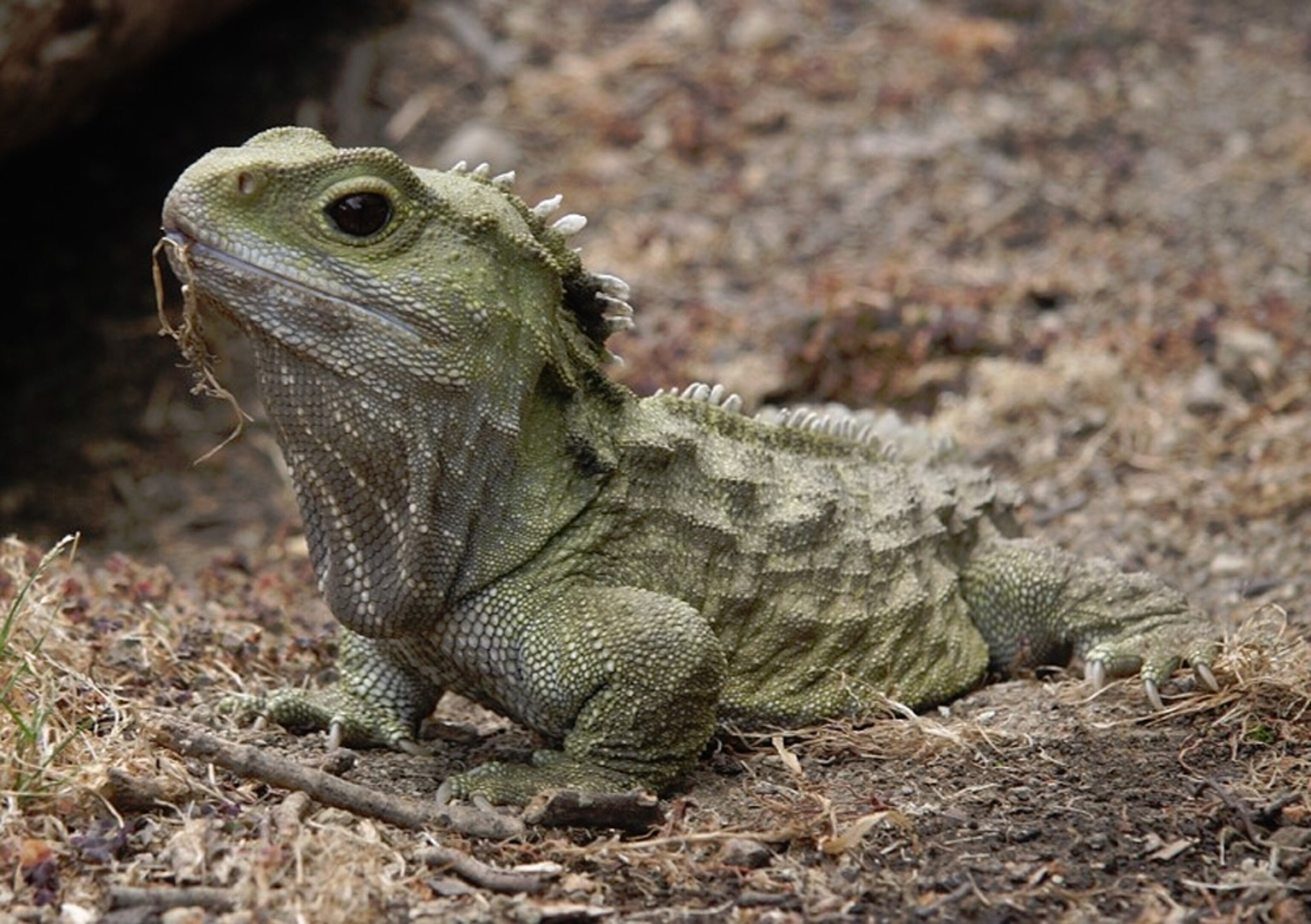
Resurrecting a Set of Hundred-Year-Old Embryonic Genitals
Sometimes, in science, you just have to digitally reconstruct the genitals of a thinly sliced, hundred-year-old embryo from an obscure New Zealand reptile, because you really want to know if your penis shares a common evolutionary history with those of crocodiles, birds, and snakes.
Spoiler: it does.
Among us back-boned animals—vertebrates—penises vary considerably, not just in their size and shape but in their presence, absence, and number. Male mammals have just the one, as do crocodiles, turtles, and some primitive birds like ostriches and ducks. Snakes and lizards have two ‘hemipenes’ (although they only use one at a time). And the vast majority of birds have none at all.
Despite this variety, all these groups start out in much the same way. As embryos, they have a pair of genital swellings—two groups of cells that sit next to the ones that eventually produce the hind legs. These swellings get bigger, and merge in groups with a single penis, while staying separate in groups with hemipenes. In the penis-less birds, they do nothing.
These similarities suggest that the vertebrate penis evolved just once, and has been since modified or lost in various groups. The alternative is that the ancestral vertebrate had no penis, and that different lineages then evolved their own phalluses—and the genital swellings that give rise to them—independently of one another.
To resolve this debate (or, at least, work towards a resolution), Thomas Sanger from the University of Florida turned to the tuatara. This spiny-backed, forearm-sized creature from New Zealand looks remarkably like a lizard, but isn’t one. The two existing species are the last survivors of an ancient reptilian group that diverged from snakes and lizards around 250 million years ago and have evolved in parallel ever since. The adults have no penises, and Sanger wanted to know if the embryos have a pair of genital swellings.
Since tuataras are endangered, it’s hard to get your hands on a modern embryo. But that didn’t stop the collectors of Victorian England. In the late 19th century, British zoologist Arthur Dendy collected a large number of tuatara embryos, four of which he gave to the American embryologist Charles Minot. With utmost care, Minot cut these embryos into thin slices, each just 8 millionths of a metre thick, and preserved them on glass slides.
When Sanger looked at Minot’s records, he realised that one embryo, known simply as Specimen 1491, was at the just the right stage of development. If tuataras do have genital swellings, this specimen would show them. So Sanger cleaned up the old slides, photographed them, and reconstructed them on a computer, resurrecting Specimen 1491 for digital posterity. And sure enough, the reconstructed embryo had obvious genital swellings, exactly where Sanger expected to see them.
So, tuataras probably do the same thing as chickens and most other birds: the genital swellings start to grow, but soon collapse on themselves as the cells within them die. But the presence of those swellings suggest that they were present in the last common ancestor of all vertebrates. And this ancestor likely had a proper penis, too.
